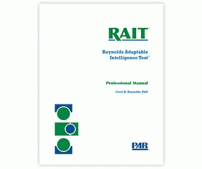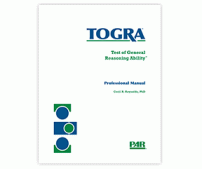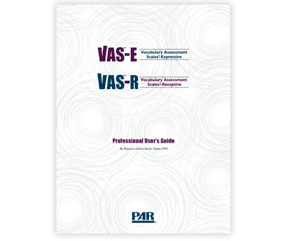This month, PAR was honored to be named as a recipient of the “Spirit of Tampa Bay” award from United Way’s Suncoast Chapter. United Way explains that the award is their way of recognizing companies that go “above and beyond” in organizing and energizing fundraising, volunteerism, and community engagement at their workplaces.
Cathy Smith, PAR’s Vice President of Community Relations, was thrilled to accept the award at a special half-time ceremony during a recent Tampa Bay Lightning game. For this honor, however, she credits PAR employees for their commitment and enthusiasm for helping others.
“From our beginning more than 35 years ago, PAR’s mission has included giving back to the community,” Cathy explains. Helping children and families in Tampa Bay is a special priority, and PAR employees have participated in a wide range of United Way Suncoast programs that support literacy, mental health, nutrition, and much more. “Staff participation was always strong,” says Cathy, “but about 15 years ago, we reached the milestone of 100% employee participation—and we’ve maintained that every year since.”
Each year, a large contingent from PAR participates in United Way’s annual Day of Caring, which brings together volunteer teams to tackle various projects that most agencies could never undertake on their own. Last fall, PAR staff helped organize supplies and donations at the Family Resource Center, a wonderful organization that helped more than 11,000 low-income and at-risk families in Hillsborough County last year.
United Way Pledge Week is one of the most fun weeks of the year at PAR. The week includes a series of games (with treats and prizes), from the hotly contested annual Scrabble competition to a ride-like-there’s-no-tomorrow tricycle race through our Distribution Center! The culmination of the week is a luncheon featuring speakers from local organizations who have benefited from PAR’s support through United Way—a wonderful way to end pledge week on a high note.
To learn more about PAR’s ongoing commitment to United Way and to other community service projects, visit our Community PARtners Web page.
Filed under: About PAR, Community PARtners, PAR Staff | Tagged: Community PARtners, community service, Spirit of Tampa Bay award, united way | Leave a comment »
 The PAR blog was recently updated, and we’ve moved to a new URL address. Be sure to go to the new site (http://blog.parinc.com) and update your bookmark so that you can see our fresh, new look and access all of our new features.
The PAR blog was recently updated, and we’ve moved to a new URL address. Be sure to go to the new site (http://blog.parinc.com) and update your bookmark so that you can see our fresh, new look and access all of our new features.









